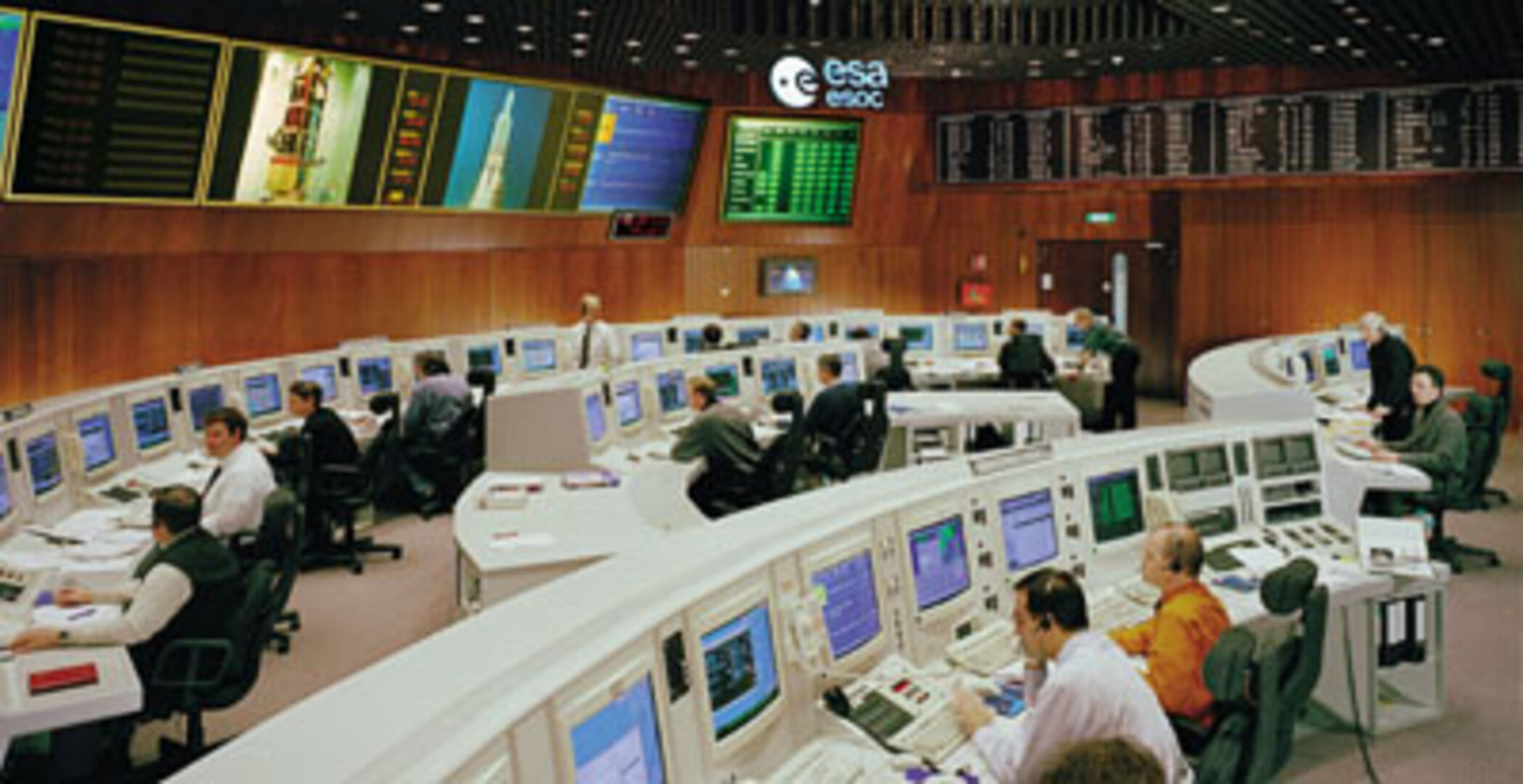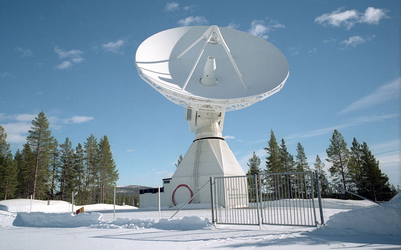ESOC flight control team
Once in orbit CryoSat will be operated by a close-knit flight control team (FCT) based in ESA's Space Operations Centre (ESOC) in Darmstadt, Germany. After many hours spent training together, individual specialists from numerous European countries have bonded together into a dynamic and cohesive team that can respond quickly and quickly in the unforgiving environment of spacecraft operations.
The 11-person core team consists of Ground Segment Manager (GSM) Pier Paolo Emanuelli, Spacecraft Operations Manager (SOM) Nic Mardle, and nine engineers, analysts and controllers. In addition to the core team, other specialised engineers and scientists at ESOC provide ongoing support to CryoSat and other missions including orbit calculations, ground station communications and network operations.
Much of their preparation so far has focused on the critical Launch and Early Operations Phase (LEOP), the period immediately after launch when satellite systems are initially switched on, calibrated and checked for nominal operation. If any initial problems occur, LEOP is when they are most likely to be found.
Following the separation from the launcher, the team will perform an initial check-out to verify that nothing has changed as a result of the harsh launch environment, and also start configuring the satellite from Separation Mode into the final Fine Pointing Mode.
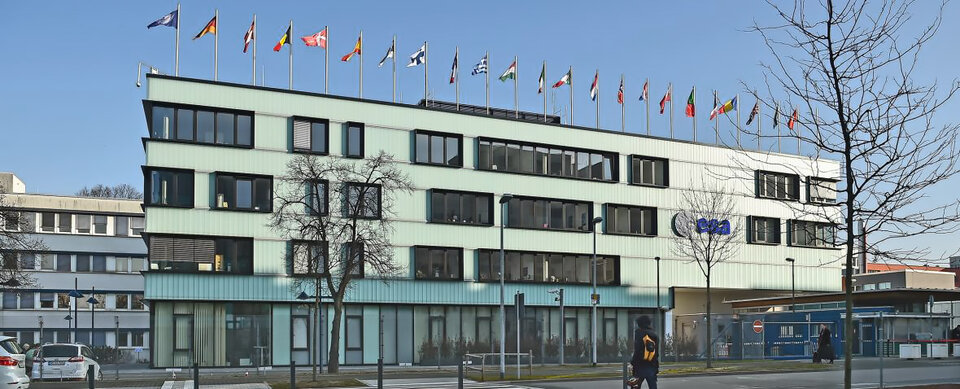
The team has to react immediately – Interview with Nic Mardle, Spacecraft Operations Manager
Nic Mardle coordinates these complex flight control activities. She stresses that if there are any problems during the first critical pass, her team will have to react immediately.
How have the CryoSat flight control team been spending this year?
Since January, 2005, we have performed seven system verification tests, written up lots of procedures — almost the entire Flight Operations Procedure manual, tested the software that comprises the spacecraft simulator and Mission Control System, run interface and onboard system testing and prepared and started the launch and flight simulation campaign. We have also been involved in numerous reviews and technical discussions with industry contractors and the project scientists and have done pretty much anything else that needed doing.

During the critical launch and early orbit phase (LEOP), what unique challenges are presented by Cryosat?
Although the satellite is in theory quite simple, having almost no moving parts, the LEOP phase is quite labour intensive, especially the first six orbits. During Pass 1, we have to ensure that separation from the launcher went OK and that the flight control software onboard Cryosat is working as it should -- particularly the Reaction Control Subsystem (RCS) and the Attitude and Orbit Control System (AOCS).
On Passes 2 through 6, there are systems that must be turned on, including thermal control software and the three star trackers that support navigation; on Pass 5 we will switch Cryosat to Fine Pointing Mode. This may not all seem like very much, but the passes are fairly short and Pass 1 could be particularly difficult if anything unexpected occurs.
One other challenge is that Cryosat will only make use of four ground stations — Kiruna, Svalbard, Villafranca and Redu. So the time when we can communicate with the spacecraft is quite short in comparison to, for example, ERS or Envisat.
Do such short windows for communication affect how the team works?
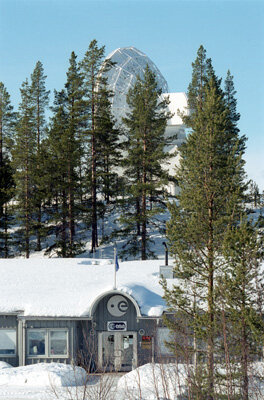
The short passes means that the team has to be very disciplined and prepared before the pass begins. If there is a problem during the pass the team has to be able to react very quickly to understand what the problem is, what the implications are (mission critical or not) and if necessary decide on any time critical operations that must be performed.
If there is a problem detected, then during the out-of-coverage period the team has to decide on the probable cause, the implications and whether the next pass will be used to investigate the problem further or start any recovery actions. Of course all the procedures need to be written in a way that makes the most efficient use of the commanding time available during the pass.
Does the fact that Cryosat has almost no moving parts present any special challenges to the flight control team?
The fact that there are no moving parts means that attitude control comes from using the onboard propellant in conjunction with Magnetorquers, which use the Earths magnetic field to apply torques to the spacecraft. When the spacecraft is in Fine Pointing Mode, it only consumes a few grams of fuel per day. From our point of view, the lack of moving parts means there is one less failure mechanism to worry about — although there are still enough to keep us busy considering 'what might go wrong'.
What happens after LEOP?
Main LEOP operations will be completed within three days, if no problems occur. During these days, we switch on all equipment required for routine operations or switch off the equipment that is not required in the nominal mode, and wait for the structure to outgass before switching on the X-band transmitter and performing a dump of the launch history. Following the LEOP activities, we go into the platform commissioning phase for approximately two weeks before starting payload switch-on and verification activities. After this there is a Cal/Val phase which lasts for 6 months, during which time the other parts of the ground segment — such as the Payload Data Segment in ESRIN — are commissioned and the satellite is calibrated against actual ground measurements taken by teams in various icy locations.
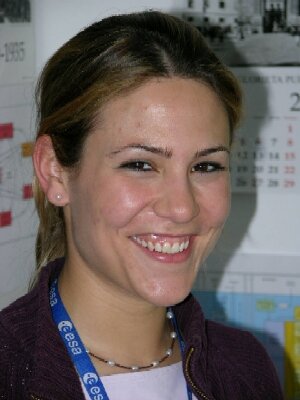
Talking to the team
Isabel Rojo's first experience at ESOC came as an ESA Young Graduate Trainee (YGT) after completing aerospace engineering studies in Paris. "As a YGT in spring 2004, I got involved in planning LEOP for CryoSat and the mission really grew on me. I like working on CryoSat because the data — ice measurements — are beneficial for everybody on an issue that concerns us all," she says. Isabel is now employed full-time and serves as CryoSat's backup Payload Engineer.
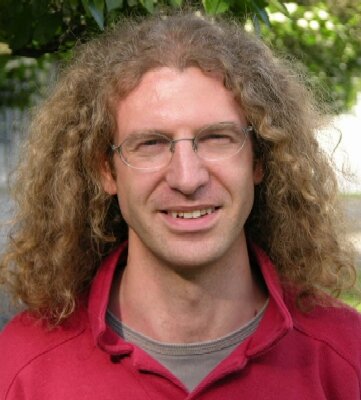
Franco Marchese, originally from Brescia, Italy, has been working on CryoSat since March 2004. Among other responsibilities, he is the team's Attitude and Orbit Control Subsystem (AOCS) expert, planning CryoSat's orbital and attitude manoeuvres together with specialists from ESOC's Flight Dynamics section.
He joined the CryoSat team in March 2004. "I used to work at the Italian Space Agency, but I heard good things about the international atmosphere of ESA and ESOC in particular, so I wanted to move. ESA missions are quite interesting and very technical," Franco says.
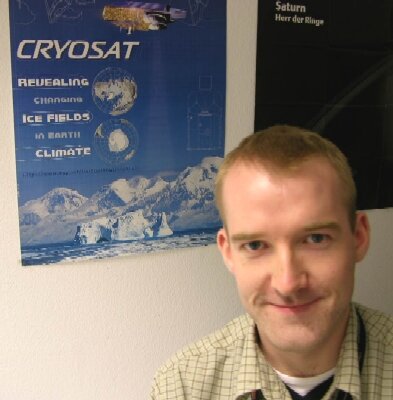
Martin Houston is one of the three Spacecraft Controllers, or Spacons, who actually compile and upload flight commands to CryoSat; Atiya Sufi and Kerry Sanz round out the trio. During LEOP, they will take turns so that someone is always on duty in the MCR. "All commands go through us. No one else can actually send instructions to the spacecraft," says Houston. An Irish national, Houston has also worked at the German Space Agency, DLR.
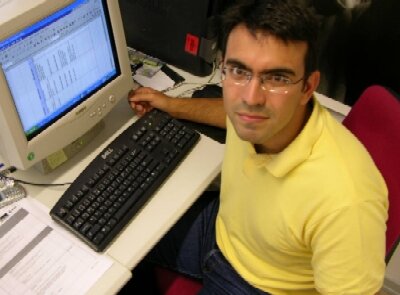
Ardani Medina, originally from Gran Canaria, Spain, is CryoSat's Mission Control Systems (MCS) engineer. He joined the team in August 2003, and has been responsible for assembling and validating the mission's ground control software and systems. Ardani says the most interesting part of his work is the opportunity to be involved in multiple aspects of the mission, including learning about onboard systems, configuring the MCS and helping operate the CryoSat simulation software.
Remaining team members include Payload Operations Engineer Kate Adamson, Data Handling Operations Engineer Ian Shurmer and Operations Analyst Rudy Ciarletta.
For all the FCT, launch will mark a welcome culmination of several years' preparation and hard work during which everyone has learned new skills, solved countless unforeseen problems large and small, and become integrated and effective as a team.


